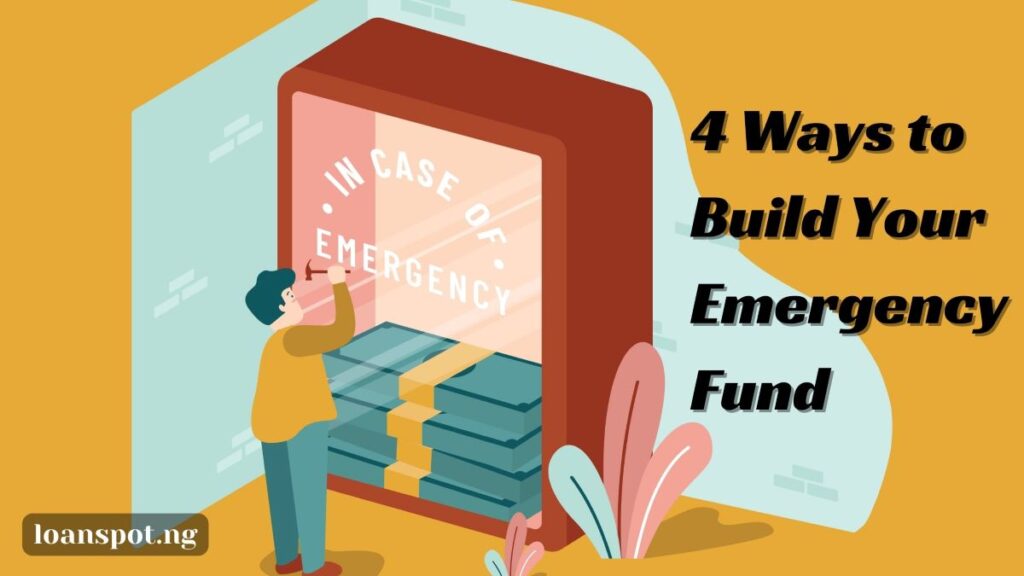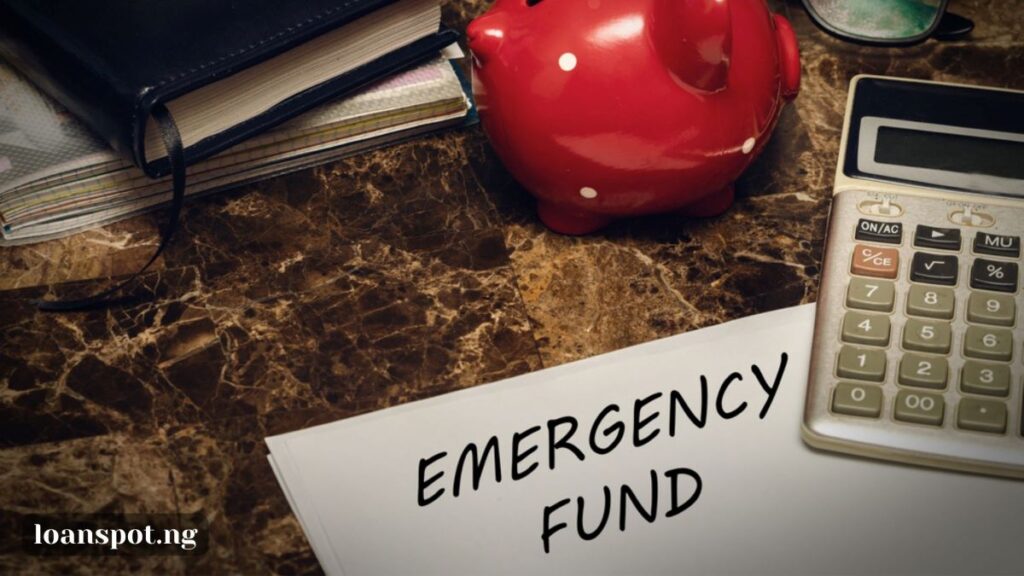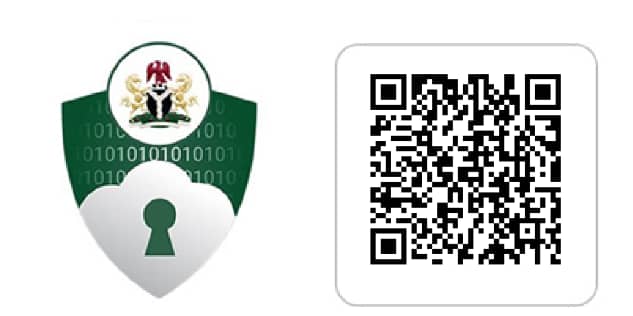
Imagine this: your car stops working, or a surprise medical bill lands in your lap.
Feeling the panic rise?
Not on your watch!
An emergency fund is a stash of money that you save just for these unexpected situations.
This isn’t just about stashing away some cash; it’s about peace of mind, knowing you can handle whatever curveballs life throws.
Let’s break down how to get started, step-by-step, so you can save with ease and face any emergency with confidence!

Why Build an Emergency Fund?
1. Unexpected Expenses
Life is full of surprises, Nigeria is full of even more surprises lol but you must know how to navigate through these tough times.
You might suddenly face medical bills, need car repairs, or have to replace a broken appliance. These expenses can pop up without warning, and having money set aside specifically for these situations can save you from financial strain.
2. For Peace of Mind
Knowing you have a fund for emergencies brings financial security, which can greatly reduce stress.
When you’re not constantly worried about what could go wrong, you can focus on other important aspects of your life. This peace of mind is priceless and makes building an emergency fund a wise decision.
3. To Avoid Debt
Without an emergency fund, you might have to rely on debit cards or loans to cover unexpected costs.
These often come with high-interest rates, leading to debt that can spiral out of control. An emergency fund helps you avoid this trap, giving you the means to handle emergencies without borrowing money.
How Much Should You Save?
Deciding how much to save in your emergency fund can be a bit tricky, but here are some guidelines to help you figure it out:
1. Start with a Realistic Goal
A common recommendation is to aim for saving 3-6 months’ worth of living expenses. This amount gives you a solid cushion to fall back on in case of major unexpected events, like losing your job or facing a significant medical issue.
It’s important to be realistic about what you can save each month and build up to this goal gradually.
2. Consider Individual Needs
Your ideal emergency fund size can depend on your situation. If you have dependents, like children or elderly family members, you might need a larger fund.
Similarly, if you have ongoing health concerns or a fluctuating income, adjusting your savings goal to reflect these factors is smart.
3. Consider Getting a Small Loan
If you’re struggling to get your emergency fund started, you might consider a small loan as a temporary boost.
Loanspot can be a resource for finding a small loan that suits your needs. This can help you jumpstart your fund, but remember, the goal is to eventually rely on your savings to cover emergencies without needing to borrow.
Speaking of emergencies, if you’d rather want emergency loans in Nigeria, check out my guide.
How To Build Your Emergency Fund
Building your emergency fund can seem like a big task, but you can make it manageable with these steps:
1. Automate Savings
Set up recurring transfers from your checking account to your savings account.
Decide how much money you want to save each month and make the process automatic. This way, you save money without even thinking about it, and it becomes a regular part of your budget.
2. Track Your Progress
Keep an eye on how your savings grow. Watching the numbers go up can be really motivating! It’s like seeing yourself get closer to a goal with each step. You can use a simple spreadsheet or a budgeting app to track your progress.
3. Cut Back on Expenses
Look at where you spend your money and see if there are places where you can spend less. Maybe you can eat out less often, cancel a subscription you don’t use much, or shop for cheaper options when buying groceries. These savings can then be added to your emergency fund.
4. Consider Side Hustles
If you can, find ways to earn extra money. This could be a part-time job, freelancing, or selling things you no longer need. The extra cash you make can go straight into your emergency fund, helping it grow faster.
Accessing Your Emergency Fund
1. Only Use for True Emergencies
Your emergency fund is for critical, unexpected situations, like sudden medical expenses, urgent car repairs, or unexpected job loss.
It’s important to resist the temptation to use this money for everyday spending or non-essential items. Ask yourself if the situation is truly an emergency or if it can wait. This discipline keeps the fund intact for when you need it.
2. Replenish the Fund Quickly
If you do need to use money from your emergency fund, make it a priority to replace it as soon as possible. The sooner you replenish the fund, the better prepared you’ll be for the next unexpected event.
Continue saving regularly, just as you did to build the fund initially, to ensure your financial security is maintained.
Conclusion
Having an emergency fund offers numerous benefits, such as covering unexpected expenses, providing peace of mind, and helping you avoid debt. It acts as a financial buffer that can save you from stress and financial strain.
Remember, if you need a little help getting started, Loanspot can be a valuable resource for securing a small loan to kickstart your savings.
Loanspot provides different details on the kind of small loan you can get. The sooner you begin, the quicker you’ll build a robust safety net. So, don’t wait—start working on your emergency fund today and take a significant step towards financial stability and security.







